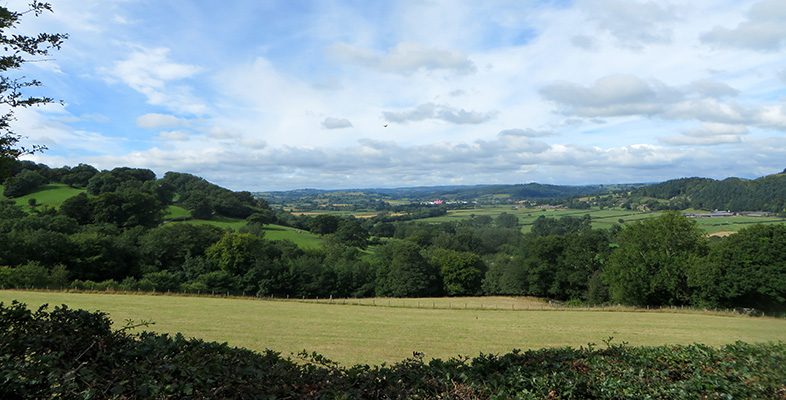2.2 Sources of innovative business ideas
Innovative ideas grow out of ordinary experiences and situations. Consider the suggestions below. Perhaps your business idea has developed from such a situation:
- past and present work and experience
- hobbies and leisure interests
- qualifications and studies
- new markets/uses for existing products
- solving a persistent problem
- research and development (R&D)
- patents, licences and research institutes
- invention
- opportunities from new technologies
- opportunities from economic/market changes
- changes in consumer behaviour
- complaints and irritations expressed by potential customers
- changes in rules and regulations
- imitating an idea from a different locality
- imitating an idea from a different industry
- improving an existing product
- films, TV and radio
- books, magazines and the press
- trade shows, exhibitions and conferences
- business and social networks
- family and friends.
Case study: Sources of innovation
David was pondering the list above and he concluded that while many of them could be included, his idea had been significantly influenced by the following:
- past and present work and experience – many years of practical experience as a joiner, making and fitting staircases. Taking on additional work to make staircases when the employer’s alternative was to source from further afield, at a greater cost to them.
- hobbies and leisure interests – creative work such as making bespoke items using his carpentry skills, which have been given as gifts to family and friends.
- research and development (R&D) – there have been a number of residential properties in the area that have been renovated in recent years, either for resale or to add aesthetic or monetary value during the property sales downturn. This has provided him with good, hands on research and development. He has provided stairs for commercial properties, and through this has become familiar with the specifications and with the necessary regulations and requirements.
- improving an existing product – staircases are something that homes and commercial properties of more than one story will always need. The basic design is the same. However, he can add and improve other qualities. Wood has not always been sustainably sourced, and local timber from sustainable sources is not being used. He could also look at using reclaimed wood whenever possible which means he could also add this as a selling point.
To have any chance of making it as a successful product or service in its chosen market, an entrepreneurial business idea has to find the right balance between two potentially conflicting forces:
- the need to be innovative (have something sufficiently new about it so that it is both attractive and competitive)
- the need to be viable (have sufficient resources, capabilities and potential customers to bring the product to market and achieve your financial objectives).
